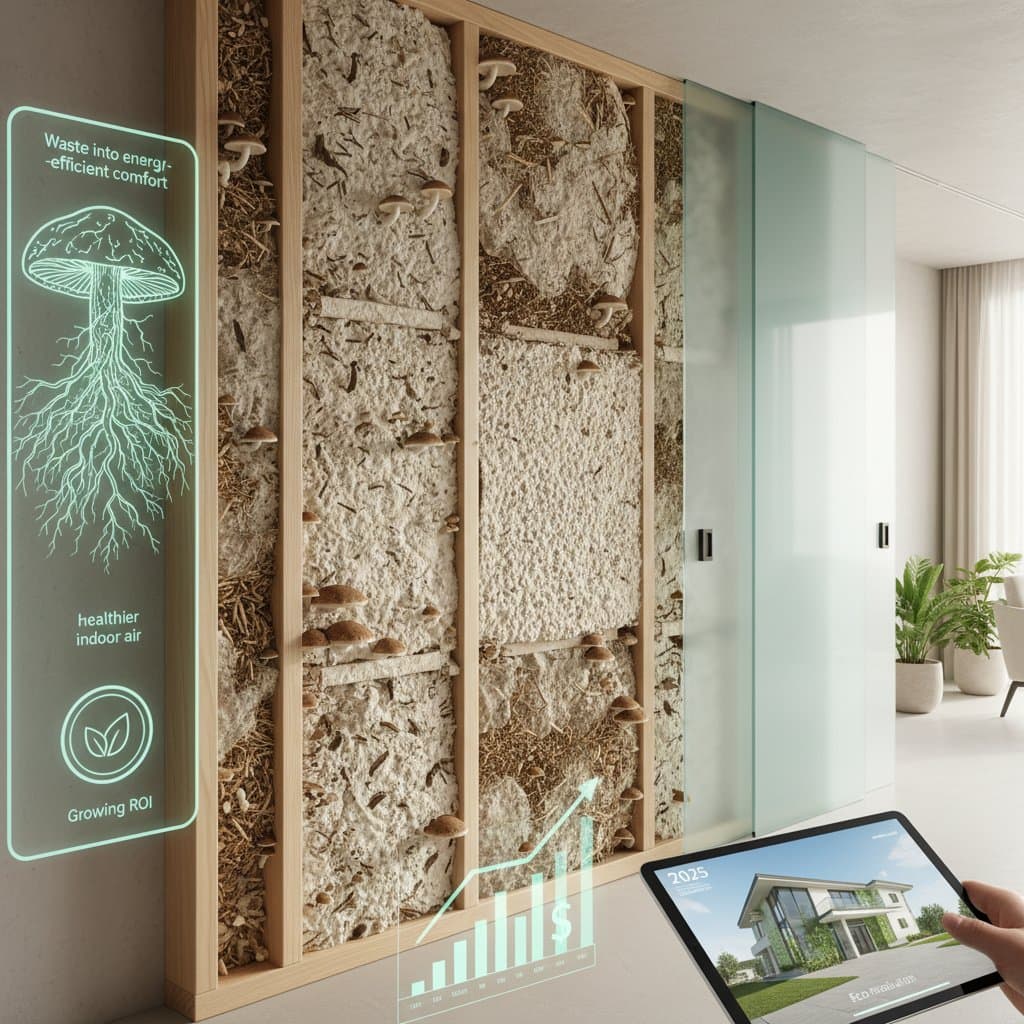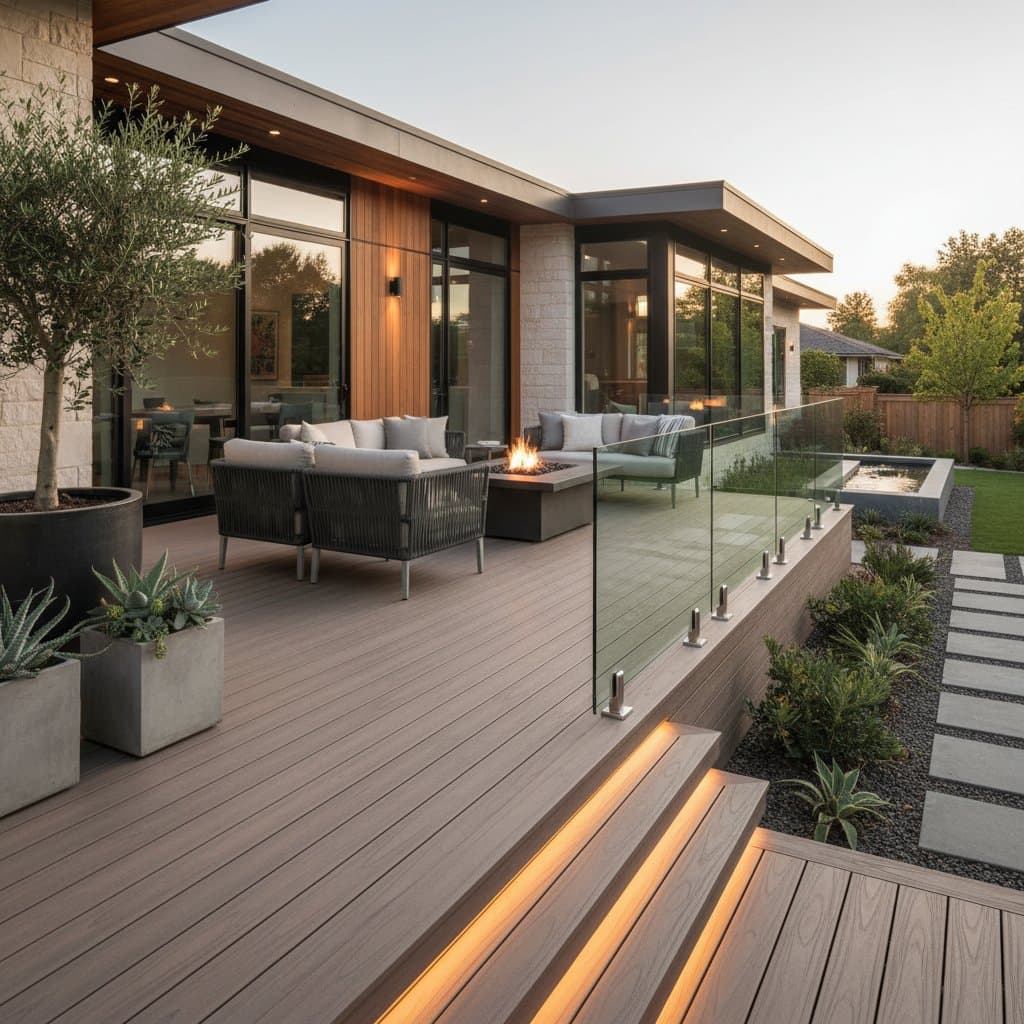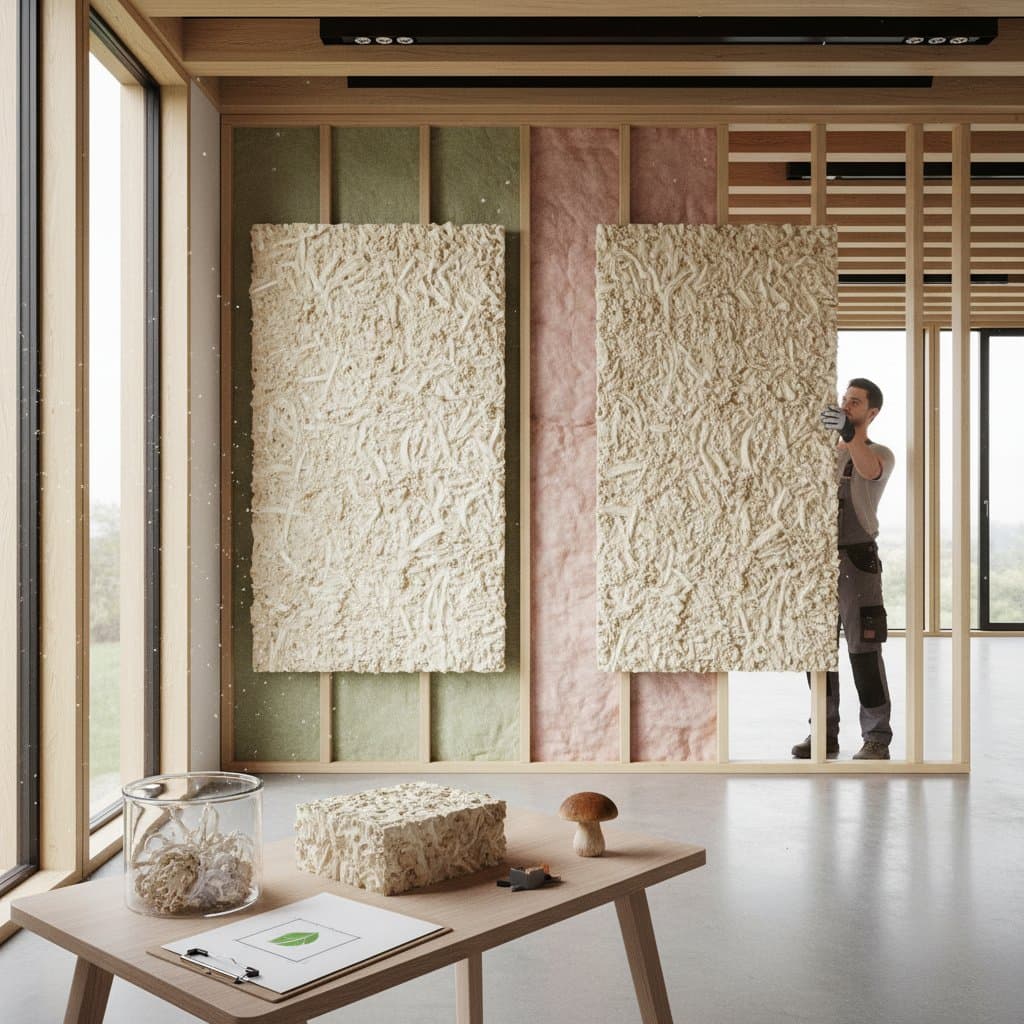Hempcrete Walls Breathe Life Into Modern Homes
Hempcrete redefines sustainable construction through breathable, fire-resistant walls that regulate temperature and humidity. This bio-based material combines hemp hurd, lime binder, and water to form lightweight insulation. Homeowners gain durability, carbon sequestration, and energy savings up to 30 percent.
Understanding Hempcrete Basics
Hempcrete serves as a non-structural insulation infill within a timber or steel frame. It resists fire, mold, and pests while promoting healthier indoor air. Select local materials and certified installers to meet building codes and maximize performance.
Benefits for Comfort and Efficiency
Hempcrete walls maintain cool interiors in summer and warmth in winter without synthetic additives. The material absorbs excess moisture during humid periods and releases it when dry, preventing condensation issues. Over time, this reduces energy demands and enhances occupant well-being.
Homeowners prioritize safety, efficiency, and environmental impact. Hempcrete provides inherent fire resistance and a negative carbon footprint through hemp growth and lime curing. These qualities lower utility bills and support long-term planetary health.
Planning and Installation Essentials
Pair hempcrete with a load-bearing frame to support structural loads. Opt for breathable finishes like lime plaster to preserve moisture regulation; avoid vapor barriers. In variable climates, adjust wall thickness for optimal thermal performance.
Verify local building codes, as requirements differ by region. Engage engineers for documentation on fire safety and insulation values. Proper planning integrates hempcrete seamlessly into new builds or renovations.
Key Planning Factors
- Frame Design: Ensure compatibility with thicker walls, typically 250 to 400 millimeters.
- Moisture Strategy: Use permeable coatings to allow vapor diffusion.
- Climate Suitability: Enhance with additional layers in extreme cold.
- Code Compliance: Obtain certifications for thermal and fire ratings.
Cost Analysis and Returns
Installed hempcrete walls range from $120 to $180 per square meter, aligning with premium insulation options. Materials account for 25 to 35 percent, labor 40 to 50 percent, and finishes 15 to 25 percent. Initial investment yields savings through reduced energy use.
Expect 30 percent lower heating and cooling costs annually. Maintenance remains minimal, extending lifespan beyond 50 years. In eco-conscious markets, properties with hempcrete see 5 to 10 percent higher resale values.
Design Integration Ideas
Hempcrete supports diverse aesthetics, from rustic to contemporary. Apply limewash for an exposed, organic texture or smooth plaster for clean lines. Thicker walls create opportunities for deep sills and built-in storage.
Versatile Applications
- Rustic Interiors: Visible hemp-lime surfaces paired with natural wood.
- Modern Hybrids: Combine with recycled metals for industrial appeal.
- Acoustic Spaces: Leverage sound-dampening for studios or family rooms.
Incorporate passive solar elements to amplify thermal benefits, especially in sunny orientations.
Project Variables to Consider
Project scale influences economies; larger builds lower per-unit expenses via bulk purchases. Source local hemp and lime to cut transport emissions. Choose hand-tamping for small-scale work or spraying for efficiency in bigger projects.
Account for site-specific details like curved elements or mechanical integrations. In hot climates, hempcrete stabilizes temperatures through thermal lag. Balance these elements for tailored performance.
Core Sustainable Advantages
Hempcrete sequesters carbon during plant growth and material curing, storing more than construction emits. Its thermal mass absorbs daytime heat and releases it gradually, minimizing HVAC needs. Moisture control maintains ideal humidity levels, fostering mold-free environments.
Fire tests confirm non-combustible behavior under prolonged exposure. The fibrous structure also reduces noise transmission, benefiting dense living areas. These traits create resilient, low-impact homes.
Hempcrete Versus Traditional Options
| Feature | Hempcrete | Fiberglass | Spray Foam | Concrete Block |
|---|---|---|---|---|
| Fire Resistance | Excellent | Moderate | Poor | Excellent |
| Breathability | High | Low | Very Low | Low |
| Carbon Footprint | Negative | High | Very High | High |
| Durability | 50+ years | 20–30 years | 25–40 years | 75+ years |
| Moisture Control | Self-regulating | Requires barrier | Traps moisture | Limited |
| Indoor Air Quality | Excellent | Moderate | Low | Neutral |
Hempcrete excels in balanced performance, ideal as an insulation complement to structural elements.
Steps to Implement Hempcrete
- Source Materials: Locate regional suppliers for hemp hurd and lime.
- Engineer Review: Confirm frame suitability and regulatory adherence.
- Mix Formulation: Adjust ratios based on climate for desired density.
- Wall Sizing: Plan 250 to 400 millimeter thickness for insulation.
- Finish Selection: Apply vapor-permeable options like clay renders.
- Curing Schedule: Allow weeks for drying before enclosing.
These actions ensure reliable results and cost efficiency.
Common Questions Addressed
Is hempcrete approved in all areas? Acceptance grows, but check local codes; some require testing.
How does it fare in harsh weather? Strong in humid zones; add layers for freezing conditions.
Suitable for DIY? Possible with training; professionals handle complex installs.
Pest concerns? Lime alkalinity deters insects and rodents.
Lifespan expectations? Exceeds 50 years with breathable maintenance.
Renovation compatible? Yes, for stable frames after assessment.
Allergy risks? Cured material proves odorless and non-allergenic.
Ensuring Long-Term Performance
Hempcrete demands little upkeep; refresh limewash periodically for aesthetics. Inspect seals around openings yearly to prevent moisture ingress. Preserve breathability to sustain natural regulation benefits.
Realizing Everyday Benefits
Hempcrete transforms living spaces into efficient, healthful retreats. Families enjoy stable climates, quieter rooms, and peace of mind from eco-friendly choices. This material positions homes as models of sustainable innovation.








